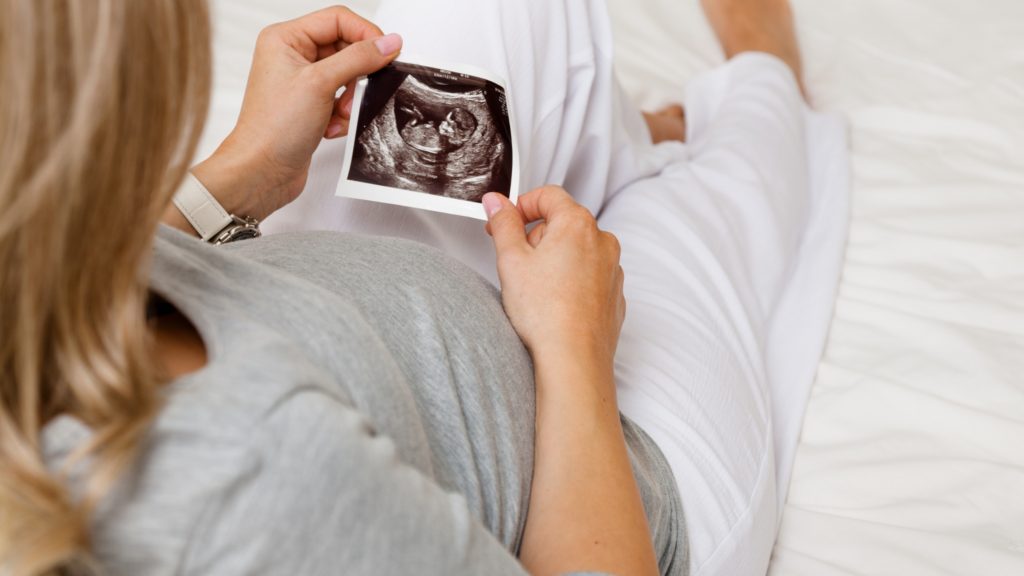-
Featured News
Women’s Wellness: Double uterus — Symptoms, diagnosis, and treatment

A double uterus is a rare congenital abnormality. In a female fetus, the uterus starts out as two small tubes. As the fetus develops, the tubes normally join to create one larger, hollow organ — the uterus.
Sometimes, however, the tubes don't join completely. Instead, each one develops into a separate structure. A double uterus may have one opening (cervix) into one vagina, or each uterine cavity may have a cervix. In many cases, a thin wall of tissue runs down the length of the vagina, dividing it into two separate openings.
Women who have a double uterus often have successful pregnancies. But the condition can increase the risk of miscarriage or premature birth.
It's not clear why some fetuses develop a double uterus and others don't. A genetic component may be a factor because this rare condition sometimes runs in families.
Symptoms
A double uterus often causes no symptoms. The condition may be discovered during a regular pelvic exam or during imaging tests to determine the cause of repeated miscarriages.
Women who have a double vagina along with a double uterus may initially consult a health care provider for menstrual bleeding that isn't stopped by a tampon. In these situations, the woman has placed a tampon in one vagina, but blood is still escaping from the second uterus and vagina.
Seek medical advice if you have a menstrual flow despite the insertion of a tampon, or if you have severe pain with menstruation or experience repeated miscarriages.
Complications
Many women with a double uterus have normal sex lives, pregnancies and deliveries. But sometimes a double uterus and other abnormalities of uterine development are associated with:
- Infertility
- Miscarriage
- Premature birth
- Kidney abnormalities
Diagnosis
A double uterus may be diagnosed during a routine pelvic exam when your health care provider observes a double cervix or feels an abnormally shaped uterus. If your health care provider suspects an abnormality, he or she may recommend any of the following tests:
- Ultrasound. This test uses high-frequency sound waves to create images of the inside of your body. To capture the images, a device called a transducer is either pressed against your abdominal skin or inserted into your vagina (transvaginal ultrasound). Both types of ultrasound may be done to get the best view. A 3-D ultrasound may be used where available.
- Sonohysterogram. The sonohysterogram (son-o-HIS-ter-o-gram), an ultrasound scan, is done after fluid is injected through a tube into your uterus by way of your vagina and cervix. This allows your health care provider to look for problems in the shape of your uterus.
- Magnetic resonance imaging (MRI). The MRI machine looks like a tunnel that has both ends open. You lie down on a movable table that slides into the opening of the tunnel. This painless procedure uses a magnetic field and radio waves to create cross-sectional images of the inside of your body.
- Hysterosalpingography. During a hysterosalpingography (his-tur-o-sal-ping-GOG-ruh-fe), a special dye is injected into your uterus through your cervix. As the dye moves through your reproductive organs, X-rays are taken to determine the shape and size of your uterus and whether your fallopian tubes are open.
Treatment
If you have a double uterus but you don't have signs or symptoms, treatment is rarely needed. Surgery to unite a double uterus is rarely done — although surgery may help you sustain a pregnancy if you have a partial division within your uterus and no other medical explanation for a previous pregnancy loss.
If you have a double vagina in addition to a double uterus, you might be a candidate for an operation that would remove the wall of tissue separating the two vaginas. This can make childbirth a little easier.
This article is written by Mayo Clinic Staff and can be found with other health and medical information on mayoclinic.org.








